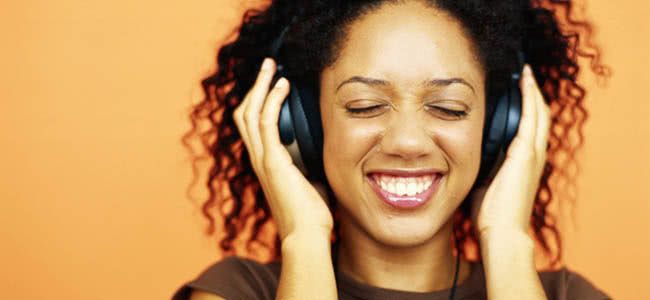As the majority of the music business focuses on the future of streaming and tries to figure out a way for labels, artists, and the streaming companies to all just get along, a small sector of the industry has kept their attentions focused on something else entirely – the music.
More specifically, they’re concerned with just how good the music we all listen to sounds. As far as figures like Neil Young are concerned, the problem with music today isn’t that no one can quite figure out how to monetise it, it’s that the music we listen to sounds like crap.
Young’s solution was to release his own music player, the Pono. Meanwhile, Jay Z has been touting the virtues of high definition audio in the hopes that it will bring more subscribers over to his controversial high-def streaming service, Tidal.
The listening public seems to be more or less ambivalent when it comes to high-definition audio. As long as it sounds good enough, we’re not really fussed if something is an MP3 or an uncompressed WAV file giving us the truest representation of what an artist intended.
That’s not to say nobody cares. To a certain portion of music lovers, audio quality is of the utmost importance, but these discerning music fans do seem to be in the minority. It’s too bad, because high-definition audio really is better.
Or is it? Well, undoubtedly it is if one was to talk pure audio quality. But what matters is what we’re actually able to hear, right? If MP3 sounds as good to most of us as totally uncompressed audio, does it matter which one you listen to? Can you really tell the difference?
Before you declare that you definitely could, we’re about to ask you to put your money where your mouth is. Thanks to the good people over at NPR, you can actually test whether you can tell the difference between high-definition audio and plain old MP3s.
[include_post id=”398455″]
Now, it’s important to remember that there are many factors that affect the quality of audio. Everything from the quality of your headphones or speakers, to the size of the room you’re in, to your own ears can affect how you perceive sound.
That said, we took the test and ended up guessing correctly on three out of the six audio samples, which includes snippets of songs by Coldplay, Katy Perry, Suzanne Vega, Jay Z, Neil Young, and Murray Perahia & The English Chamber Orchestra.
The thing is, as NPR notes, despite getting a bad rap from Neil Young and audio professionals, the MP3 is a pretty remarkable feat of engineering, and does a pretty good job of filtering out the sounds that we can’t actually hear, for the most part.
Depending on the quality of your headphones, you might just be able to distinguish between the two MP3s, but it’s unlikely you’ll be scoring too high without an amplifier or a digital audio converter. Take the test for yourself via NPR.




































